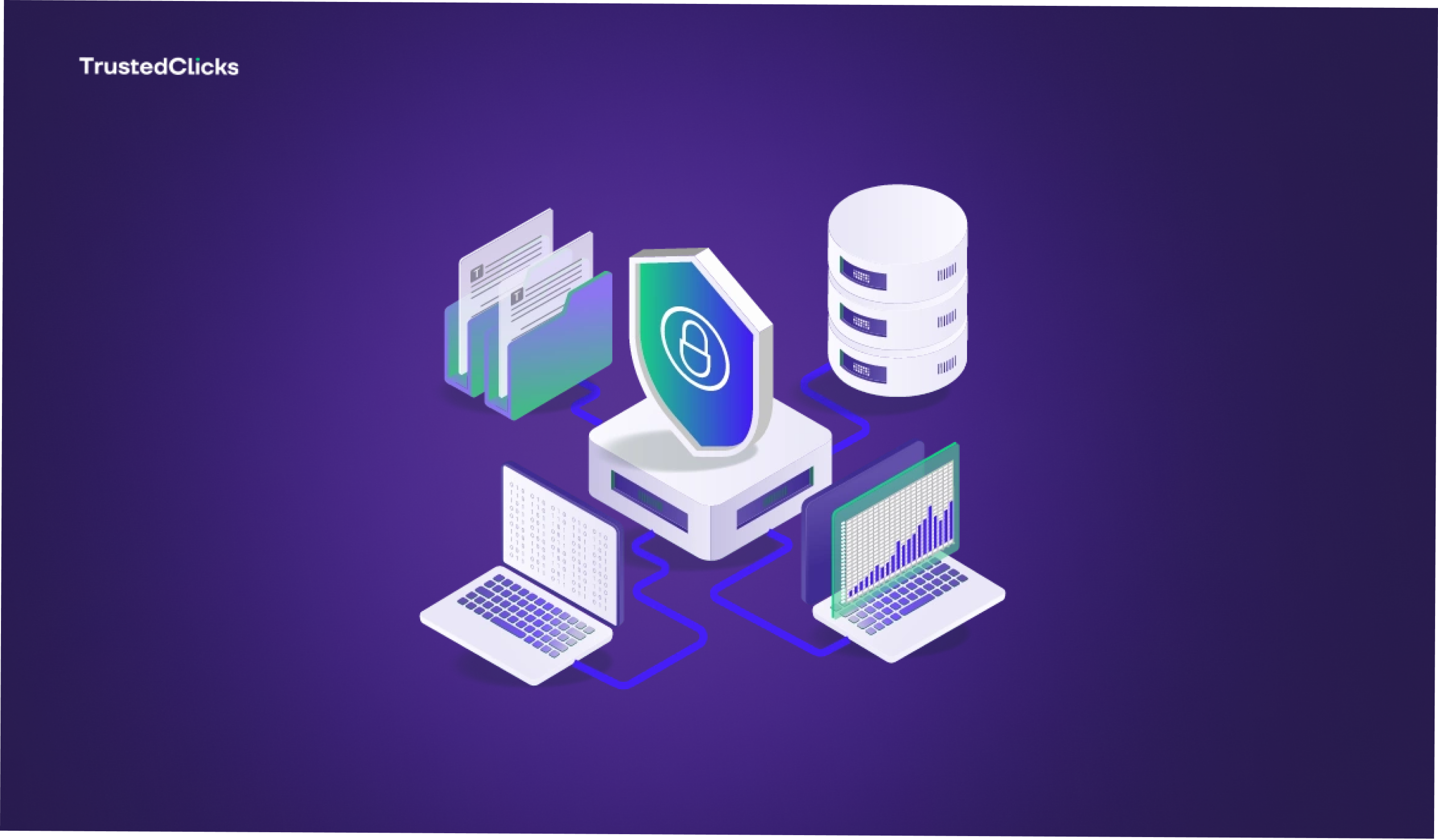- E-Commerce Security, Affiliate marketing
Integrating IP Quality Scores into Your Web Analytics for Better Insights



In the age of data-driven decision-making, web analytics has become the backbone of understanding online user behavior. However, not all traffic is equal, and distinguishing between genuine visitors and potential threats or low-quality traffic is essential. This is where integrating IP quality scores into your web analytics can provide a more nuanced and actionable perspective.
What Are IP Quality Scores?
An IP quality score is a metric that assesses the risk or trustworthiness of an IP address. It uses various data points, such as:
Reputation: Whether the IP address has been associated with malicious activity, such as fraud or botnets.
Geolocation: The physical location of the IP address.
Type: Whether the IP is residential, corporate, or from a data center.
Behavior: Historical patterns of the IP, such as excessive login attempts or web scraping activities.
Benefits of Integrating IP Quality Scores into Web Analytics
Adding IP quality scores to your analytics toolkit enhances the value of your data in several ways:
Improved Traffic Segmentation By categorizing visitors based on their IP quality scores, you can separate high-value users from suspicious or low-quality traffic.
Fraud Detection Identify potential fraud, such as fake signups, spammy interactions, or illegitimate transactions, by flagging low-quality IPs.
Enhanced Ad Spend Efficiency Avoid wasting advertising budgets on bot-driven clicks or traffic from untrustworthy sources.
Better Conversion Analysis Understand how high-quality visitors behave differently from low-quality ones, helping refine user experience and marketing strategies.
Proactive Security Measures Detect and block malicious activities, such as DDoS attacks or credential stuffing, by monitoring low-quality IPs.
How to Integrate IP Quality Scores into Web Analytics
Integrating IP quality scores into your web analytics workflow requires a structured approach. Here are the steps to achieve this:
Choose an IP Quality Scoring Provider Research and select a reliable provider that aligns with your business needs. Ensure the service offers an API for seamless integration with your systems.
Access and Analyze Visitor IPs Collect the IP addresses of your website visitors through server logs, web analytics tools, or real-time traffic monitoring.
Query IP Quality Scores Use the provider’s API to fetch quality scores for each visitor IP. Most APIs return comprehensive data, including risk scores, geolocation, and connection type.
Integrate with Analytics Platforms Combine the IP quality data with your existing analytics tools, such as Google Analytics, Adobe Analytics, or custom dashboards. This may involve importing the data via custom dimensions or external integrations.
Create Custom Reports Segment and visualize traffic based on IP quality scores. Highlight metrics such as bounce rates, session duration, or conversion rates for different quality brackets.
Automate and Iterate Automate the process to ensure continuous monitoring and analysis. Regularly review and refine your integration to accommodate new threats and trends.
Practical Use Cases
Integrating IP quality scores into web analytics opens up numerous possibilities:
E-commerce Platforms: Detect and block fraudulent transactions originating from low-quality IPs.
Ad Campaign Optimization: Monitor the quality of traffic driven by paid campaigns to maximize ROI.
Content Platforms: Protect content from scraping and unauthorized access by identifying suspicious IPs.
Financial Services: Prevent account takeovers by identifying and mitigating login attempts from high-risk IPs.
Challenges and Considerations
While the benefits are compelling, integrating IP quality scores also comes with challenges:
Cost: High-quality IP scoring services often require a subscription, which might be a consideration for smaller businesses.
Data Privacy: Ensure compliance with data protection regulations, such as GDPR or CCPA, when analyzing visitor IPs.
Accuracy: Not all scoring systems are perfect. Regularly validate the effectiveness of your chosen provider’s data.
Integration Complexity: Combining IP quality scores with existing analytics systems may require technical expertise.
Best Practices for Success
Start Small: Begin with a pilot project to evaluate the impact of IP quality scores on your analytics.
Collaborate Across Teams: Involve marketing, security, and IT teams to ensure the integration aligns with broader business goals.
Continuously Monitor: Regularly review the impact of IP quality scores on your insights and refine your strategies accordingly.
Leverage AI and Machine Learning: Use advanced analytics techniques to derive deeper insights from the combined data.
Conclusion
Integrating IP quality scores into your web analytics is a game-changer for businesses seeking more actionable insights. By identifying and understanding the quality of traffic, you can optimize user experience, enhance security, and make data-driven decisions with confidence. As online threats continue to evolve, leveraging tools like IP quality scores ensures your analytics remain a step ahead.
Table of Contents
Join our community!
Subscribe to our newsletter for the latest updates, exclusive content, and more. Don’t miss out—sign up today!
Recent Posts

What Are The Differences Between Click Fraud and Invalid Clicks
- 4 mins read

IP Tracking As The Backbone of Digital Navigation
- 7 mins read

Combatting Competitor Click Fraud: Protect Your PPC Campaigns
- 3 mins read


